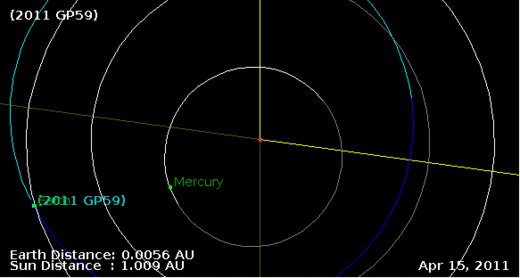OF THE
TIMES
"We have about 50% of the world's wealth but only 6.3% of its population. This disparity is particularly great as between ourselves and the peoples of Asia. In this situation, we cannot fail to be the object of envy and resentment. Our real task in the coming period is to devise a pattern of relationships which will permit us to maintain this position of disparity without positive detriment to our national security. To do so, we will have to dispense with all sentimentality and day-dreaming; and our attention will have to be concentrated everywhere on our immediate national objectives. We need not deceive ourselves that we can afford today the luxury of altruism and world-benefaction."
~ US State Department, 1948
"Western tycoon claims Zelensky associates trying to extort millions of euros" This should read: Western tycoon claims Zelensky associates trying...
Lmfao - the stupid burns & hurts from uproarious laughter. As the world turns -err BURNS we now see how corrupt the whole system is. The new...
Nineteen or twenty people in the foto, and one with face obscured - what is the point?
Is it any wonder, that failed leaders of the West, are concerned by demise.....There is a long list throughout the Western sphere if influence,...
Interesting in ancient time women were considered the shamans of the society. Some societies in the ancient world, was not through the male...
To submit an article for publication, see our Submission Guidelines
Reader comments do not necessarily reflect the views of the volunteers, editors, and directors of SOTT.net or the Quantum Future Group.
Some icons on this site were created by: Afterglow, Aha-Soft, AntialiasFactory, artdesigner.lv, Artura, DailyOverview, Everaldo, GraphicsFuel, IconFactory, Iconka, IconShock, Icons-Land, i-love-icons, KDE-look.org, Klukeart, mugenb16, Map Icons Collection, PetshopBoxStudio, VisualPharm, wbeiruti, WebIconset
Powered by PikaJS 🐁 and In·Site
Original content © 2002-2024 by Sott.net/Signs of the Times. See: FAIR USE NOTICE

It seems like there have been several large rock objects approaching the Earth and being discovered at the last minute. I hope I never see a news headline that reads "Recently Discovered Asteroid Will Enter Earth's Atmosphere On Tuesday Evening! "
Or would anybody announce it?. If they are able to pin point the blast zone then evacuation would be possible. If the blast occurred over water then I would suspect evacuation of the coasts. What a chaotic scenario.
These late minute discoveries have been suggesting that the Solar System is orbiting in a path of debris. It takes 256 million years for the Solar System to orbit the center of the Galaxy. What does this orbit take us through? Is this one of the Esoterics Knowledge? A Prophecy based on experience. Are the seasons of this solar orbit just part of a higher calculation; a clock that only a few know how to observe? Each Solar Orbital season would be 64 million years. Give or take a million or two. Only if there are 4 seasons that is.
Is the thirteenth zodiac an appearance to fear? Medusa is going to turn us to stone. The Season of the Witch is upon us.